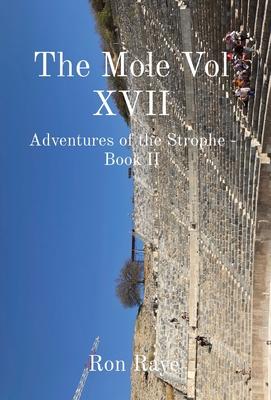As a narrative device, the strophe begins in Greek tragedies. It was the primary device that gave the Greek drama structure. This poet sets out to analyze the strophe's carefree life. This poem delves into the intriguing dichotomy of bohemian. These eight-line strophes and the traditional style of framing world issues. In these stanzas, the poet has eschewed any formal rhyme scheme. Each block weaves its theme and subject, and if a theme is left unfinished, that incomplete block continues in the following strophe, sparking curiosity about how continuity is maintained in a fragmented world. The chorus further piques our interest by thoroughly examining its Bohemian nature, its free-wheeling formation of thoughts, and the construction of the sentences. Occasionally, the strophe concludes at the beginning of the next, birthing new ideas to wrap up a previous one.
The strophe ventures into new metaphors, crafting its own devices of imagery and alliteration. Each chorus is a block of independent thought, a scan of the world and its chaos. It captures images from a chaotic world and presents them to us like a mirror.
